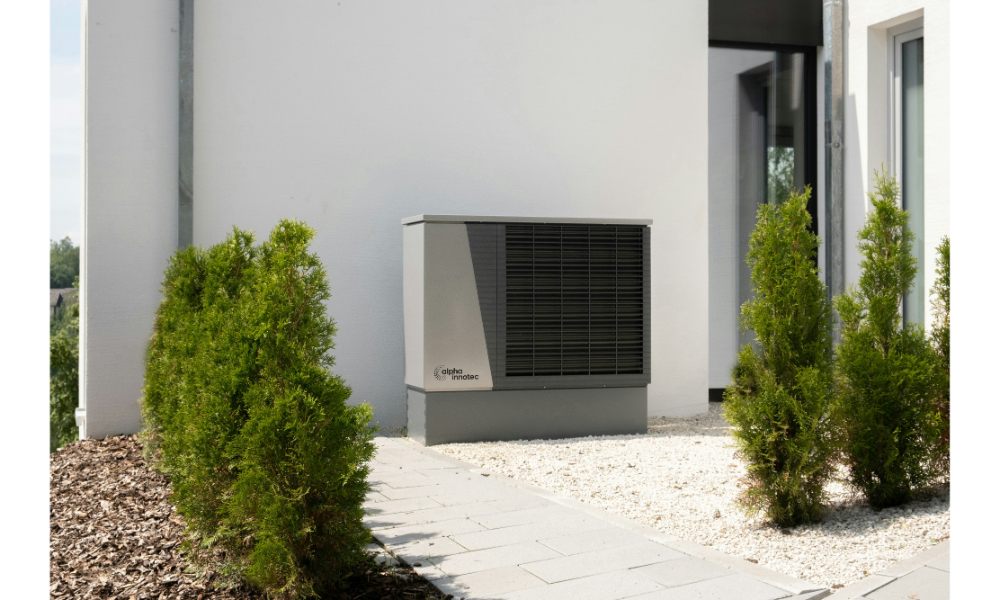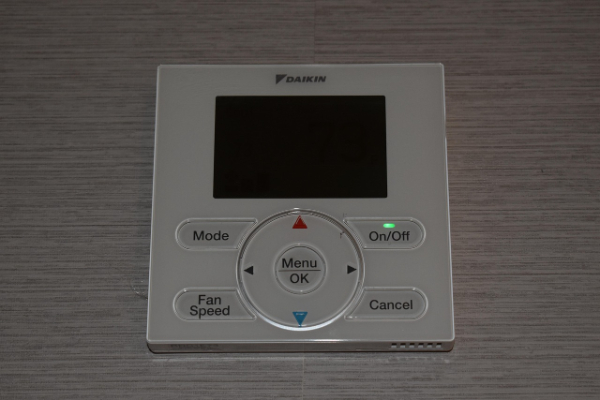For homeowners concerned about their energy usage and with the desire to eliminate their own contribution to greenhouse gases while maintaining heat and air conditioning indoors all year long, heat pumps are a wise choice. These systems are efficient; however, all mechanical equipment will run into problems every now and then. If your heat pump quits, your home may be uncomfortable and your utility costs can be much higher than you expected. Having each team member know what to do eliminates further problems and gets the system back up and running fast again.
How Do Heat Pumps Work?
Heat pumps provide both heat and cooling by transferring heat, rather than producing it. In the coolest months, it draws heat from the outside air and blows it inside. During warmer months it reverses that process to be an air conditioner—running heat externally from the home.
A heat pump consumes less electricity than traditional HVAC systems because it transfers heat instead of generating heat. This makes it a cost-effective and eco-friendly solution ideal for energy-conscious and sustainability-minded homes.
Visit https://www.energy.gov/energysaver/heat-pump-systems to learn more about heat pump systems.
Most Frequent Problems When Heat Pumps Fail
Long before a heat pump quits functioning altogether, it typically displays indications that something has gone wrong. Noticing these warning signs earlier can help to prevent more troublesome issues. Common indicators include:
- Unusual or loud noises
- Fluctuating temps or low air flow
- Ice buildup on the unit
- A rise in energy bills with no explanation
- Keeps running the system or does not switch on at all
Taking note of the initial warning signs will help you find out if it’s a quick fix on your end or if the system needs more professional servicing.
Potential Causes of Failure
A malfunctioning heat pump rarely just goes haywire…there is almost always an issue at the root of the meltdown. Some of the most common causes are:
- Dirty air filters: These restrict airflow and put stress on the system.
- Thermostat issues: If the thermostat settings are not set up properly, or there are problems in the thermostat sensor, improper signals may be sent to the device.
- Leaky refrigerants: This interferes with heat communication and decreases performance.
- Coils or components freeze: Commonly due to dirty filters, clogged ducts, or insufficient refrigerant.
- Electrical Problems: Tripping breakers, blown fuses, or worn-out capacitors can lead to complete shutdowns.
If you are saying, “heat pump not working?” then continue reading to learn about the causes and solutions of a malfunctioning heat pump. These are common culprits, so before assuming the system is a total bust, step through these problems first.
What to Do When Your Heat Pump Goes Out on You
Immediate Actions to Consider
Not all heat pump failures are serious and some can be diagnosed and repaired quickly with a few basic observations. Homeowners can:
- Check the thermostat: Confirm the setting is accurate and the temperature is set correctly.
- Check the circuit breaker: Look for tripped breakers or blown fuses and reset or replace them.
- Replace the air filter: If the filter is dirty, it can greatly reduce the airflow.
- Remove any debris around the outdoor unit: Leaves, dirt, or ice in the coils can stop airflow and shut the system down.
These are the steps you can take first that may fix the problem and avoid professional service.
When to Get in Touch with the Pros
However, if basic troubleshooting does not resolve the problem, it is time to call a certified HVAC technician. Be aware of these signs:
- Refrigerant leaks
- Electrical component failure
- Motor or compressor damage
- Continual ice formation or strange sounds
A licensed technician can diagnose and repair more complex problems with the right tools to ensure safety and avoid additional complications, including voiding system warranties. Check this site for more information.
What Homeowners Should Know If They Are Troubleshooting
Although some repairs require local service, here are a couple more homeowner-friendly tips:
- Reset the system: If your unit has a reset button, power it off for a few minutes then power it back on.
- Check vents and registers: Make sure they’re all open and not blocked by furniture or drapery.
- Check outdoor temperatures: In extreme conditions, auxiliary heat may be required and should be working.
These non-invasive tips can help resolve minor issues and restore comfort until a technician arrives.
Social Media and Other Resources
Follow Cool Running Air on Instagram (https://www.instagram.com/coolrunningair/) and Facebook (https://www.facebook.com/coolrunningair/) for useful HVAC tips, seasonal reminders, and maintenance advice. Get expert insights from certified HVAC pros and updates that green homeowners will appreciate on these platforms.
It is essential for both comfort and energy efficiency to maintain a reliable heat pump. Understanding how these systems function, identifying key warning signs, and knowing when to take action will help homeowners protect their investment and keep their homes running smoothly year-round.
Finding Your Right HVAC Partner
Like choosing a heat pump, picking a dependable HVAC service provider for heat pump maintenance or repair is just as critical as the equipment itself. Seek individuals that are certified, have many years of expertise in heat pump technology, and step forward, customer satisfaction, as well as, energy-effective products. Having the right team in place guarantees that your system will operate as it should, providing you peace of mind season after season.




